A Creative Playground for Artists
Your sketchbook isn’t just a book of blank pages—it’s your personal creative lab. Whether you’re a seasoned artist or just starting out, a sketchbook offers the perfect space to experiment with tools, try new techniques, and explore without any pressure to make things “perfect.” This isn’t about creating masterpieces; it’s about having fun, learning, and growing.
Ready to dive in? Let’s chat about how you can use your sketchbook to push your creative boundaries.
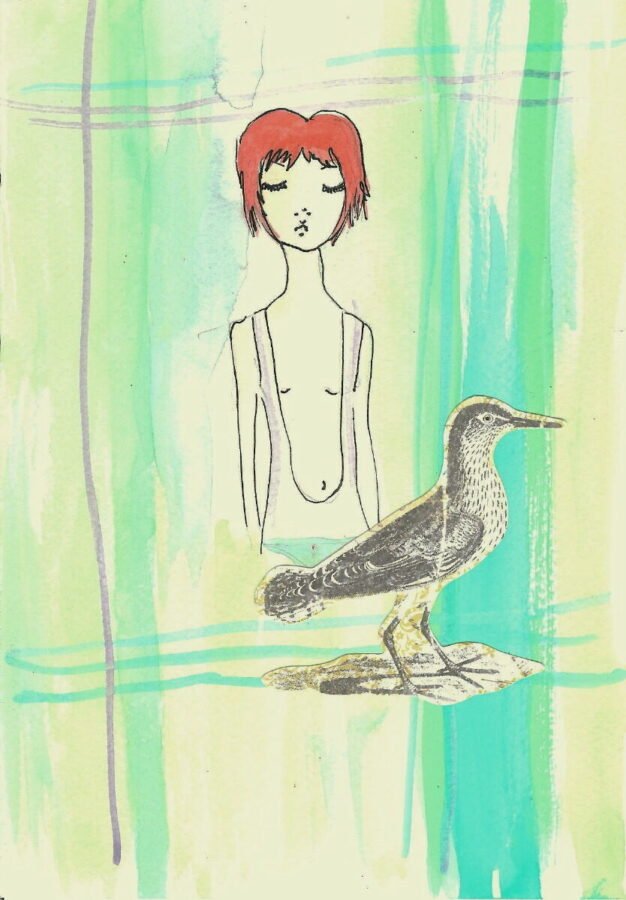
credit: MEGCANTU
Why Experimentation in Your Sketchbook Matters
A Judgment-Free Zone for Creative Risk
Your sketchbook is your sandbox. It’s a space where you can take risks, make mistakes, and explore without fear of critique. Unlike finished pieces meant for display, sketchbook pages are private experiments—raw, real, and revealing. This freedom allows you to:
- Try new techniques without pressure
- Push boundaries and break habits
- Discover unexpected styles or themes
When you treat your sketchbook as a playground rather than a portfolio, you unlock the joy of pure creation.
The Power of Playful Exploration
Experimentation isn’t just fun—it’s transformative. Playing with unfamiliar tools, materials, or formats helps you:
Unlock New Possibilities
Trying new media—like gouache, charcoal, collage, or digital brushes—can lead to surprising breakthroughs. Even unconventional tools like sticks, sponges, or tape can spark fresh ideas.
Improve Technical Skills
Using unfamiliar tools forces you to adapt. You learn how different materials behave, how to control them, and how to integrate them into your style. Over time, this builds versatility and confidence.
Build Artistic Confidence
Each experiment—successful or not—adds to your creative toolkit. The more you explore, the more you trust your instincts and embrace your unique voice.
Your Sketchbook Is Yours Alone
The best part? Nobody else has to see it. Your sketchbook is a private space to:
- Play without judgment
- Record fleeting ideas
- Make glorious messes
This privacy encourages honesty and risk-taking. It’s where your art can be wild, weird, and wonderfully imperfect.
How to Start Experimenting with Tools
Curiosity Over Perfection
Not sure where to begin? Don’t overthink it. The key to experimentation is curiosity. Your sketchbook is a safe space to try something new, make mistakes, and discover what resonates with you. You don’t need a plan—just a willingness to explore.
Start with what you have, and let the process guide you.
Pencils: Beyond the Basics
Graphite Pencils
Graphite pencils come in a range of hardness levels. Try:
- 2H or 4H for light, delicate shading and fine lines
- B to 6B for bold, expressive strokes and rich shadows
Mix grades in a single sketch to explore contrast and texture.
Colored Pencils
Colored pencils offer vibrant layering and subtle blending. Use them to:
- Build depth with overlapping hues
- Add fine details to mixed-media sketches
- Create soft gradients or bold accents
Mechanical Pencils
Perfect for precision. Use them for:
- Clean, consistent line work
- Technical sketches or architectural studies
- Quick thumbnails and layout planning
Pens and Inks: Bolder Expressions
Fineliners
Fineliners are ideal for crisp outlines and intricate detail. Try varying tip sizes to explore line weight and rhythm.
Brush Pens
Brush pens offer dynamic strokes that respond to pressure. Use them to:
- Create expressive line variation
- Add calligraphic flair
- Sketch fluid gestures and movement
Ink Washes and Splatters
Dip into liquid ink and experiment with:
- Washes for tonal depth
- Splatters for texture and spontaneity
- Layering over pencil or pen for mixed-media effects
Paints: Add a Splash of Color
Watercolors
Watercolors are versatile and expressive. Use them for:
- Soft washes and atmospheric backgrounds
- Layered transparency and light effects
- Loose, intuitive color play
Acrylics
Acrylics offer bold, opaque coverage. Try them for:
- Graphic compositions
- Textured layering
- Mixed-media collage elements
Gouache
Gouache blends the best of watercolor and acrylic. It’s:
- Matte and vibrant
- Easily reactivated with water
- Great for layering and detail
Mix It Up: Layer and Combine
Don’t be afraid to combine tools. Some ideas to try:
- Start with a graphite sketch, ink the lines, and add watercolor washes
- Use colored pencil over gouache for texture
- Layer ink splatters over acrylic backgrounds
Your sketchbook is the perfect place to mix things up and discover new techniques.
Get Creative with Layering and Techniques
Why Layering Unlocks Artistic Magic
Layering is one of the most satisfying ways to elevate your sketchbook practice. By combining different tools and techniques, you create depth, contrast, and texture that a single medium can’t achieve alone. It’s a process of building, where each layer adds personality and dimension to your work.
The beauty of layering lies in its unpredictability. Sometimes the most striking results come from happy accidents—an ink bleed, a color clash, or a smudge that turns into a shadow.
Step-by-Step Layering Ideas
Start with Pencil
Begin with a light graphite sketch to map out your composition. Use soft grades (like 2B or 4B) for shading, or harder grades (like H or 2H) for clean outlines. This base layer gives you flexibility to adjust before committing to bolder marks.
Add Bold Outlines with Pen
Once your pencil sketch feels solid, go over key lines with a pen. Try:
- Fineliners for crisp, detailed edges
- Brush pens for expressive, variable strokes
- Ballpoint or gel pens for smooth, fluid lines
This step defines your shapes and adds contrast.
Bring It to Life with Color
Introduce color using:
- Watercolor washes for softness and atmosphere
- Markers for bold, graphic impact
- Colored pencils for texture and layering
Let the colors interact with your ink lines—bleeds, overlaps, and transparency can add unexpected beauty.
Finish with Highlights
Add final touches with:
- White gel pens for sparkle and detail
- Paint markers for bold highlights or corrections
- Metallic pens for shimmer and contrast
These accents help your sketch pop and guide the viewer’s eye.
Tips for Successful Layering
- Let each layer dry before adding the next to avoid smudging
- Test combinations on a spare page to see how materials interact
- Use mixed-media sketchbooks with thicker paper to prevent bleed-through
- Don’t aim for perfection—embrace the process and enjoy the surprises
Layering is a celebration of process over polish. It’s where your sketchbook becomes a playground for discovery.
Sketchbooks.org | VISUAL RESEARCH HUB
Experimental Sketchbook Drawing
Visual research is critical for any creative endeavor. We have compiled specialized links to lead you directly to images, videos, and inspiration for "Experimental Sketchbook Drawing" across the web's best visual search platforms.
Simple Tips to Get the Most Out of Your Sketchbook
Your Sketchbook, Your Rules
Sketchbooks are meant to be flexible, personal, and imperfect. Whether you’re a seasoned artist or just starting out, these simple tips can help you build a sketchbook practice that’s both joyful and sustainable.
1. Embrace Imperfection
Let Go of the Pressure
It’s called a sketchbook for a reason—it’s not meant to be flawless. Use it as a space to:
- Make mistakes
- Try new techniques
- Explore ideas without judgment
The more you allow imperfection, the more freedom you’ll feel to create. Smudges, crossed-out lines, and awkward proportions are all part of the process.
2. Have Multiple Sketchbooks
Organize by Purpose
Consider keeping a few sketchbooks for different creative needs. This helps you stay organized and reduces the pressure to make every page “worthy.”
Practice & Experimentation
Use this sketchbook for warm-ups, tool testing, and messy exploration. It’s your playground for trying new things.
Finished Ideas & Highlights
Reserve another sketchbook for pieces you’re proud of or concepts you want to develop further. This can become a portfolio of your favorite work.
Having separate spaces allows you to let loose in one and stay focused in another.
3. Try Blind Contour Drawing
A Fun and Educational Challenge
Blind contour drawing is a playful exercise that sharpens your observation skills and loosens your grip on perfectionism.
Here’s how to do it:
- Pick an object nearby (a plant, your hand, a mug)
- Use a pen or marker—no erasing!
- Close your eyes or keep them on the object
- Draw its outline without looking at the page
The results are often hilarious, but they teach you to trust your hand, observe closely, and embrace spontaneity.
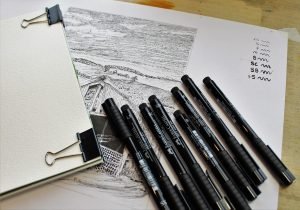
Sketchbooks.org | TRADITIONAL MATERIALS
Fine Liner Ink Pens | Various Size Tip Black Ink Pens
Your Key to Sketchbook Inspiration When it comes to precision, clarity, and versatility, fine liner ink pens are indispensable tools for artists. These pens, with their consistent ink flow and sharp tips, are ideal for...
Why Experimenting Makes You a Stronger Artist
Growth Lives Outside Your Comfort Zone
Artistic growth doesn’t come from repeating what you already know—it comes from exploration. Every time you try a new tool, technique, or approach, you stretch your creative muscles. Experimentation invites surprise, teaches resilience, and reveals hidden strengths.
Mistakes aren’t setbacks—they’re feedback. Each “oops” moment shows you what to tweak, what to try again, and what to leave behind. Over time, these lessons build a foundation of skill and confidence.
The Learning Power of Play
Every Experiment Adds to Your Toolkit
Trying new tools isn’t just fun—it’s educational. You might discover:
- That brush pens give you expressive line variation you didn’t know you needed
- That layering watercolors and markers creates a dreamy, vibrant effect
- That a tool you thought was “not for you” actually unlocks a new style
Each experiment adds nuance to your technique and helps you refine your artistic voice.
Refining Your Style Through Exploration
Discover What Resonates
The more you experiment, the more you learn what feels natural, exciting, and true to you. This process helps you:
- Identify your favorite materials and combinations
- Develop signature techniques
- Build a style that’s authentic and evolving
Your sketchbook becomes a lab for discovery—a place where your style is shaped not by rules, but by curiosity.
Wrapping It All Up: Your Sketchbook, Your Rules
At the end of the day, your sketchbook is yours. It’s your space to be creative, to play with new tools, and to see what happens when you try something totally out of your wheelhouse. So grab your pencils, pens, paints—or all of them—and start experimenting.
Let your sketchbook become your personal art playground. Make it messy, colorful, and full of surprises. And most importantly, have fun with it. The more you experiment, the more your creativity will thrive.
Ready to try something new? Grab your sketchbook and let the experiments begin!
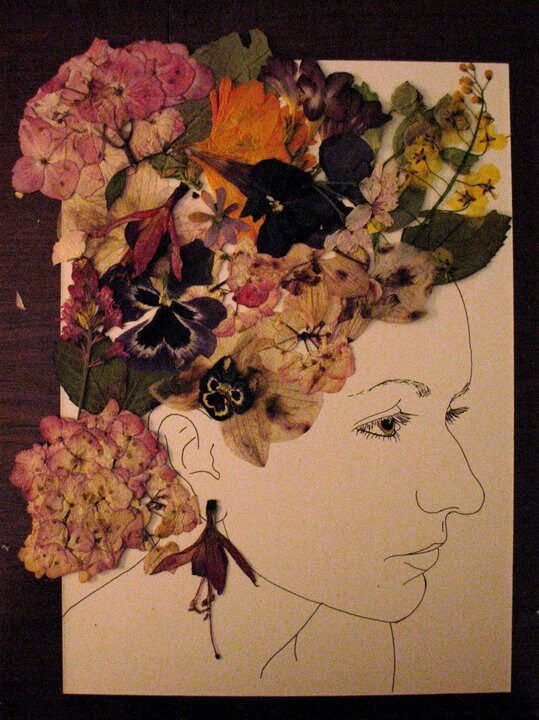
credit: ROBARDS
Ready to Share Your Work?
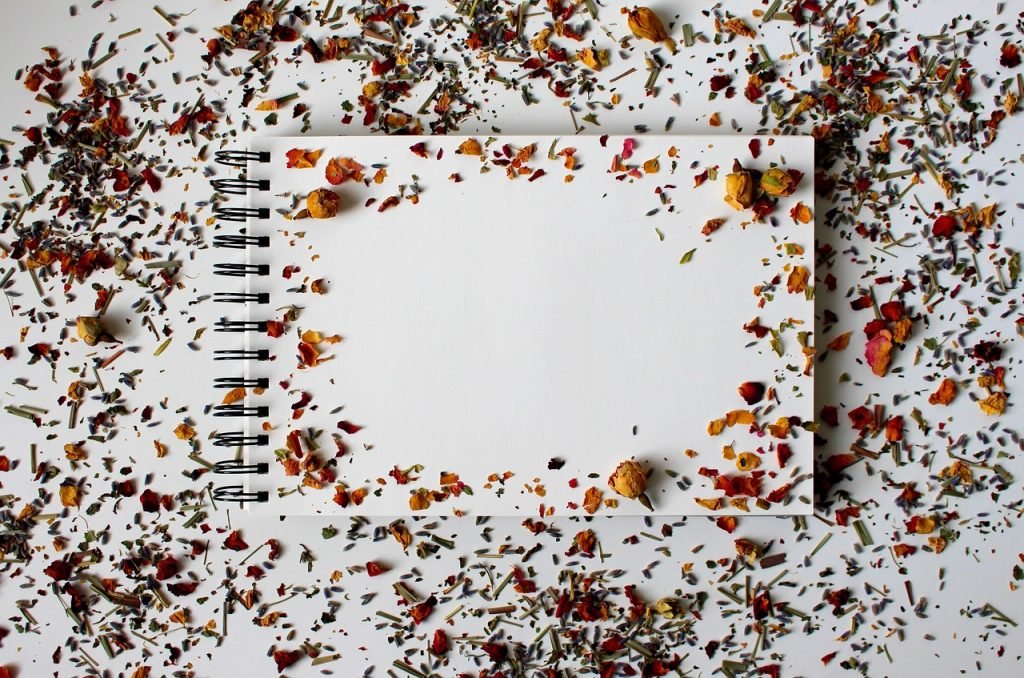
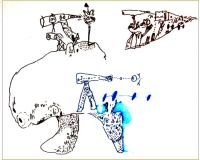
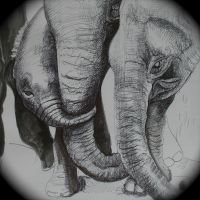
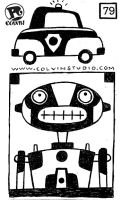
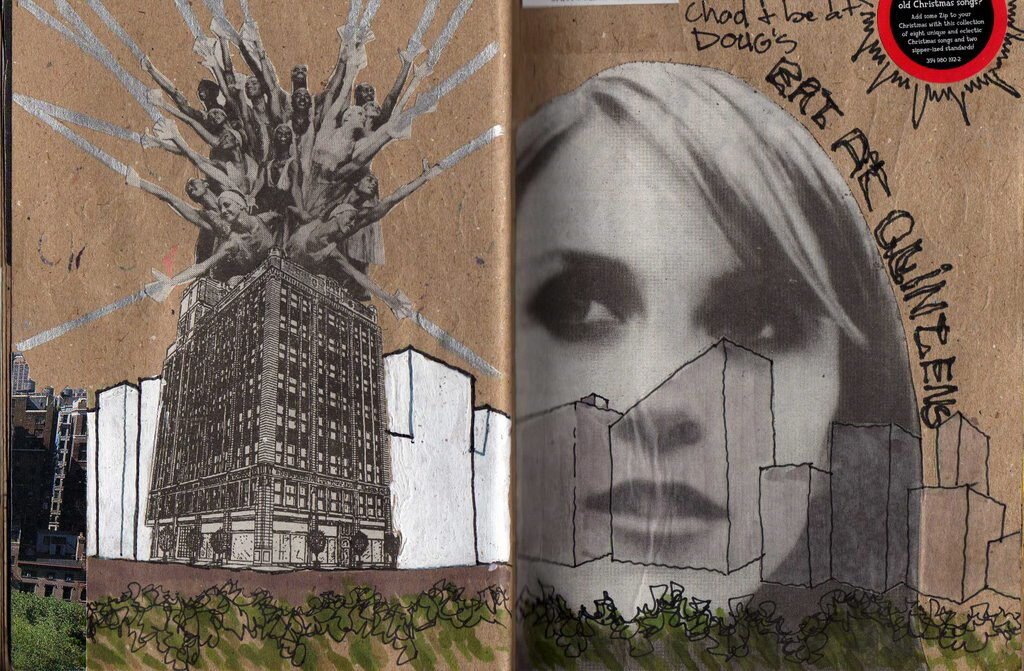
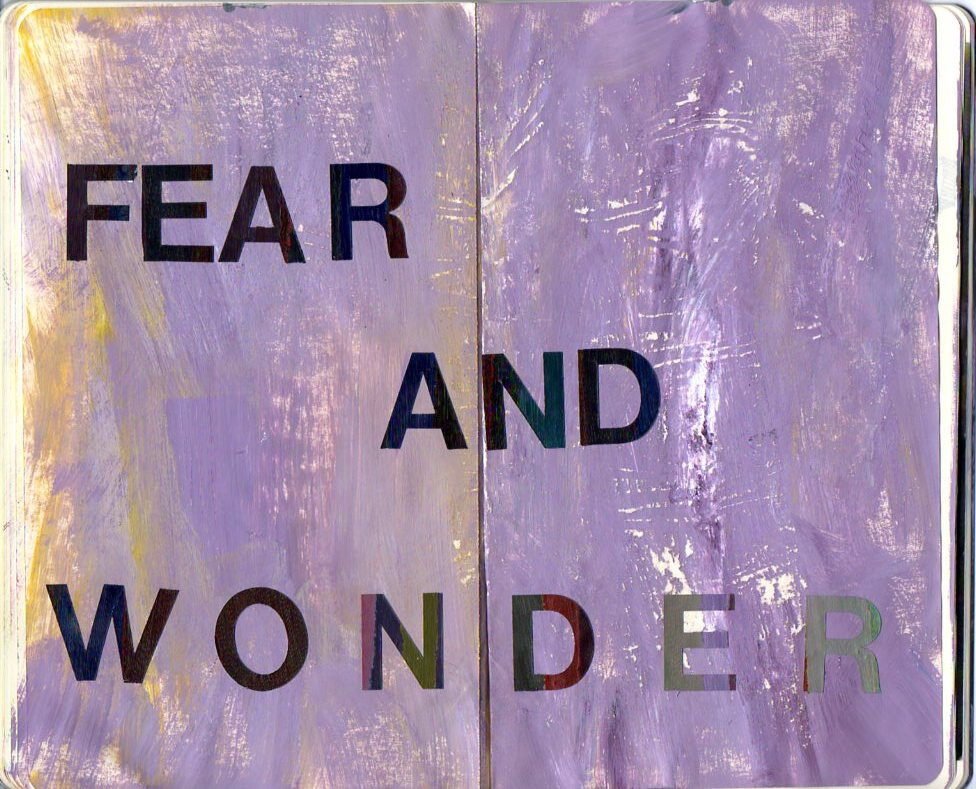
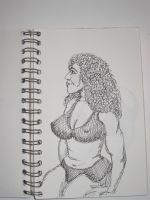

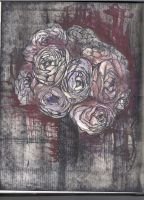

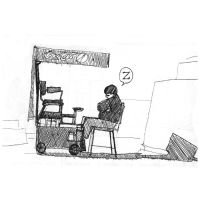
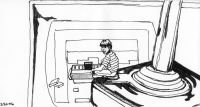
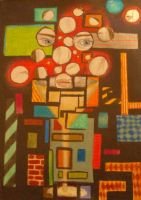
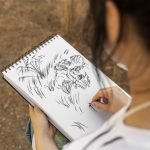
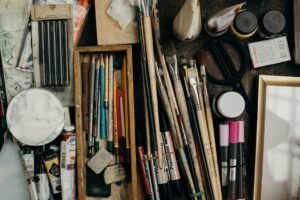
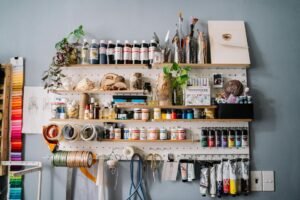
Perfect place to experiment is a watercolour paper skecthbook.. nice thick paper that can hold anything.